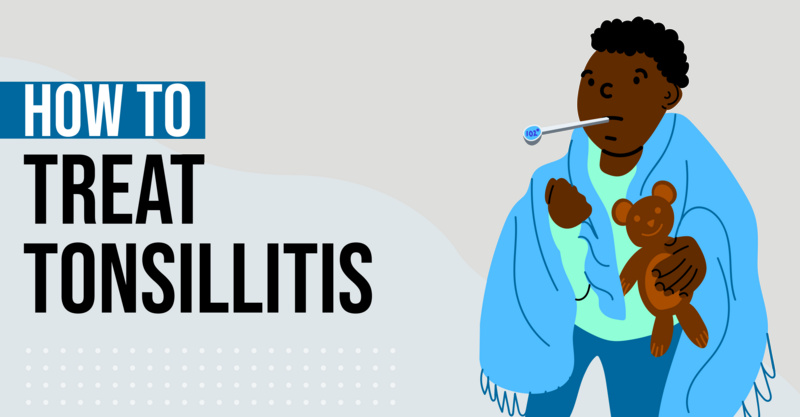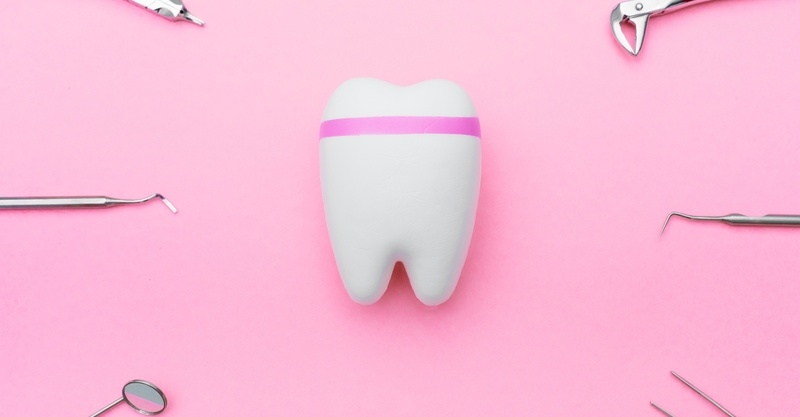Key Points
- Malocclusion is a dental condition characterized by improper alignment of teeth, leading to symptoms like mouth breathing, changes in facial appearance, and frequent biting of the tongue or cheeks.
- Causes of malocclusion can range from childhood habits like prolonged bottle feeding and thumb sucking to hereditary factors, mouth injuries, or abnormal teeth.
- Regular dental check-ups and limiting the use of devices that can cause malocclusion can help prevent the condition.
- Treatment options for malocclusion include braces, retainers, tooth removal, teeth restructuring, and in severe cases, jaw surgery.
- Post-treatment, maintaining good oral hygiene is important and the doctor may discuss options like braces or clear aligners, depending on the patient's interest and family history of malocclusion.
Possible Symptoms for Malocclusion
1. Improper tooth alignment
The main symptom of malocclusion is the improper alignment of the teeth.[1] The teeth can be improperly aligned in a number of ways, and symptoms can be mild or severe. Malocclusion is divided into three classes: Class 1 malocclusion means the upper teeth slightly overlap the lower teeth, Class 2 means there’s an overbite, and Class 3 means a severe underbite.
2. Biting tongue or cheeks
Frequently biting the inside of the cheeks or the tongue is a strong sign of malocclusion. In most cases, when the upper teeth are not aligned correctly, one is likely to experience frequent biting of the cheeks and lips, and when the lower teeth are not aligned correctly, the tongue will frequently be bitten.[1]
3. Breathing through the mouth
Often, malocclusion becomes obvious in children, unless it is caused by a tumor or some other problem that could occur later in life. A child’s teeth alignment is not a condition a parent can see; however, if you notice that your child is breathing through their mouth instead of their nose, you may be seeing a sign of misalignment.
4. Facial and speech alterations
Over time, if the malocclusion is not treated, it can start to cause serious side effects, such as changes to the way the face looks and changes to speech patterns. Some children develop a lisp as a result of malocclusion.[1]
Top 5 Causes of Malocclusion
1. Childhood behavior
Malocclusion can be caused by a number of behaviors practiced in early childhood. For one, bottle feeding for too long into early childhood can result in malocclusion.[1] Children who use pacifiers after the age of 3 can also develop this condition. Finally, children who suck their thumb are also at risk of malocclusion.
2. Genetics
Malocclusion is usually a hereditary condition. If the parent had issues with tooth alignment as a child, their child likely will as well. Overcrowding, as well as abnormal patterns in one’s bite, can be passed down from parent to child. In addition, certain birth defects like a cleft palate can lead to malocclusion.[2]
3. Injury to the mouth
A blow to the mouth can lead to a misalignment of jaw fractures, which can, in turn, lead to malocclusion.[2] In addition, if one wears dentures or receives dental work in the form of crowns, retainers, braces, or other dental appliances that do not fit correctly, it can cause the teeth to become misaligned.
4. Tumor
Mouth or jaw tumors can create malocclusion. Usually, this happens later in life, but it is a very rare condition.
5. Abnormal teeth
Sometimes, a child’s teeth can come in abnormally and create malocclusion. This can include any combination of abnormal tooth shape, lost teeth, or extra teeth.[2] Tooth impaction at any age can also eventually lead to malocclusion.
2 Ways to Prevent Malocclusion
1. Visit your dentist frequently
Visiting your dentist frequently is one of the only ways you can potentially prevent malocclusion, although it can sometimes still occur, as it is often hereditary.[1] Taking your child to the dentist from the age of 7 is important, as the more stable their visits, the more likely your doctor will be to notice any issues. As an adult, visiting the dentist is still necessary to avoid or become aware of any of the later-in-life causes of malocclusion.
2. Limit the use of malocclusion-causing devices
If you are a parent, you’re going to want to limit your child’s use of pacifiers, bottles, and even thumb sucking in order to avoid a problem with malocclusion. You won’t be able to prevent hereditary issues, but you can avoid the things that can cause changes to your jaw’s development.
Possible Malocclusion Treatment Options
1. Mouth appliances
Certain mouth appliances, like a retainer, can be removable and can also treat a malocclusion.[3] However, braces, which are fixed mouth appliances, are sometimes the best option for treating this condition. Children and their parents can often choose between clear braces (called aligners) or the normal, metal option. Braces help to realign the teeth so that they are positioned correctly. Adults who did not receive treatment for mild malocclusion during childhood or who have experienced more issues during their adulthood may also be interested in braces.
2. Tooth removal
When overcrowding occurs, some teeth may need to be removed. This is especially common with children whose baby teeth have not fallen out, and these will be removed to allow the permanent teeth to grow in.[4]
3. Restructuring the teeth
Teeth might need to be restructured in order to prevent malocclusion from continuing. This could mean reshaping, adjusting down, bonding, or capping the teeth so that they fit normally against one another. If the patient currently uses a dental appliance, this will also need to be refitted after the restructuring takes place.[2]
4. Surgery
In some rare cases, jaw surgery might also be necessary because the bones in the jaw have also been affected by a malocclusion. The jaw may need to be lengthened, shortened, or completely restructured. Your doctor may need to place screws, plates, or other items inside your jaw to stabilize the newly formed jaw bone.
5. Good oral hygiene
After you are treated for malocclusion, practicing good oral hygiene is paramount to your continued health. Avoid eating items such as ice, peanuts, or popcorn while wearing dental appliances. Brush your teeth twice a day for two minutes each time, and floss daily.
Questions Your Doctor May Ask about Malocclusion
- How long have you had symptoms of malocclusion?
- Does malocclusion run in your family?
- Did your child suck on a pacifier or their thumb while younger?
- Are you interested in braces or clear aligners as an option for treatment?
- How difficult is it for you to chew, swallow, breathe, and do other things?
Malocclusion May Also be Known as:
- Crowded teeth
- Underbite
- Overbite
- Open bite
- Crossbite
References
Frequently asked questions
What is malocclusion?
Malocclusion is a dental condition where the teeth are not properly aligned. This can lead to symptoms such as mouth breathing, changes in facial appearance, and frequent biting of the tongue or cheeks.What causes malocclusion?
Malocclusion can be caused by a variety of factors including childhood habits like prolonged bottle feeding and thumb sucking, hereditary factors, mouth injuries, or the presence of abnormal teeth.How can malocclusion be prevented?
Regular dental check-ups and limiting the use of devices that can cause malocclusion, such as pacifiers, can help prevent the condition.What are the treatment options for malocclusion?
Treatment options for malocclusion include the use of mouth appliances like braces and retainers, tooth removal, teeth restructuring, and in severe cases, jaw surgery.Is good oral hygiene important after treatment for malocclusion?
Yes, maintaining good oral hygiene is crucial after treatment for malocclusion to prevent further dental issues.Will the doctor discuss treatment options like braces or clear aligners?
Yes, the doctor will likely discuss various treatment options, including braces or clear aligners, based on the patient's interest and family history of malocclusion.Can malocclusion change facial appearance?
Yes, malocclusion can lead to changes in facial appearance due to the misalignment of teeth.Is malocclusion hereditary?
Yes, in some cases, malocclusion can be hereditary, meaning it can be passed down from parents to their children.
Solv has strict sourcing guidelines and relies on peer-reviewed studies, academic research institutions, and medical associations. We avoid using tertiary references.









